- Home
- Symmetry Blog
- How Will 5G Transform Industrial IoT?
How Will 5G Transform Industrial IoT?
About Jari Haiston
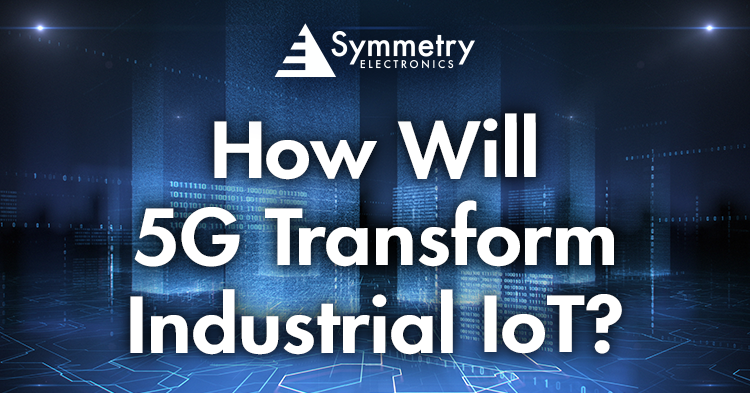
In itself, 5G is transformational. 5G is the fifth-generation mobile network. With rollouts and deployments well underway, businesses, industries, and individuals are asking how integration will affect them. In the realm of industrial IoT (IIoT), 5G integration will provide cost-effective wireless connectivity and enhanced application viability across the sector.
Figure 1: The three next-generation technologies that make up the 5G Triangle
Source: Digi International
The ‘5G Triangle’ In IIoT
Part of the allure surrounding 5G is its trifecta foundation of next-generation technology. The ‘5G triangle’ (Figure 1) is comprised of:
- Ultra Reliable Low Latency Communication (uRLLC)
- Massive Machine Type Communication (mMTC)
- Enhanced Mobile Broadband (eMBB)
While the benefits of the 5G’s foundation extend to all sectors that integrate the standard, in the realm of IIoT, 5G provides particular benefits surrounding industrial automation, manufacturing, artificial intelligence (AI) and virtual reality (VR).
Figure 2: A PhD student working with a collaborative robot in the UTS Industry 4.0 Tech Lab
Source: University of Technology Sydney
5G Technology Enables Industry 4.0 Integration
The central global forum shaping 5G in industrial sectors, the 5G ACIA, states that “Industry 4.0 integrates the IoT and related services in industrial manufacturing, and delivers seamless vertical and horizontal integration down the entire value chain and across all layers of the automation pyramid. Connectivity is a key component of Industry 4.0 and will support the ongoing developments by providing powerful and pervasive connectivity between machines, people, and objects.”
Many industrial factories are still sequestered by limitations surrounding Wi-Fi as their current standard of wireless connectivity protocol. For applications in industrial automation, this means that machinery like large assembly robots cannot be wireless as Wi-Fi doesn’t support the range or power necessary for industrial control. One of the pillars of Industry 4.0 involves the complete integration of autonomous robots or cobots (Figure 2) in industrial manufacturing environments. Without 5G, industrial automation evolution is stalled as current cellular technology standards do not support the low latency required for ubiquitous connectivity that enables seamless human/robot interaction.
4G latency rates measure in at about 100 milliseconds, whereas 5G latency rates measure in as low as 10 milliseconds. 5G’s low latency rates enable significant advancements in AI and VR technologies. In industrial applications, AI and VR headsets can be utilized by factory technicians and engineers to view a detailed overlay of equipment to identify components, streamline repair processes & instructions, and improve safety by providing a virtual environment for technicians to handle potentially hazardous parts.
5G Technology Provides New Possibilities In IIoT Application Development
As more Mobile Network Operators (MNOs) adopt 5G infrastructure as their default connectivity standard, developers will have more opportunity to explore the unknown possibilities that 5G technology offers. 5G is developed on the idea that a single network can provide the flexibility required to support a multitude of use cases. One of the largest benefits that come with 5G integration in industrial settings is the possibility of new technologies, devices, and processes that it will bring.
If you’re interested in implementing the next generation benefits of 5G into your industrial application, consider consulting with our skilled technical support team. As experts in the fields of IoT and IIoT, Symmetry Electronics’ Applications Engineers are an experienced and knowledgeable resource that developers can utilize throughout their design cycle. Consultation is free and our support services are unparalleled. Contact Symmetry Electronics today!

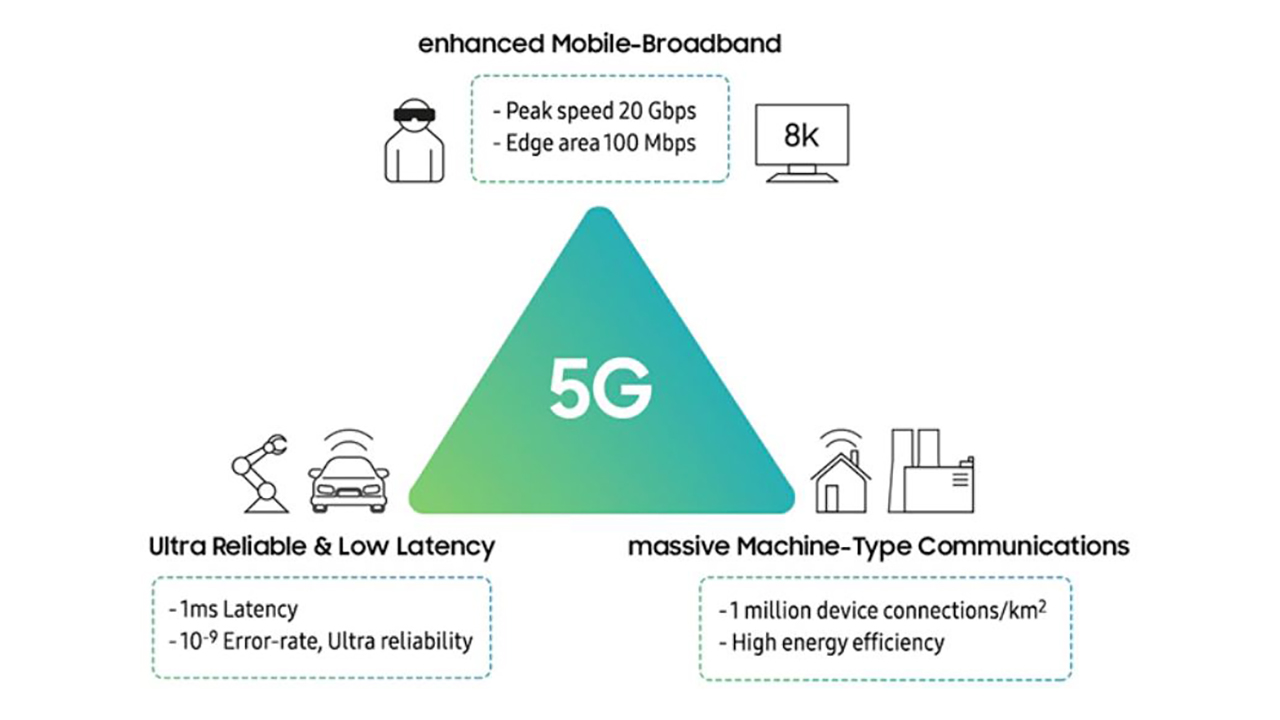
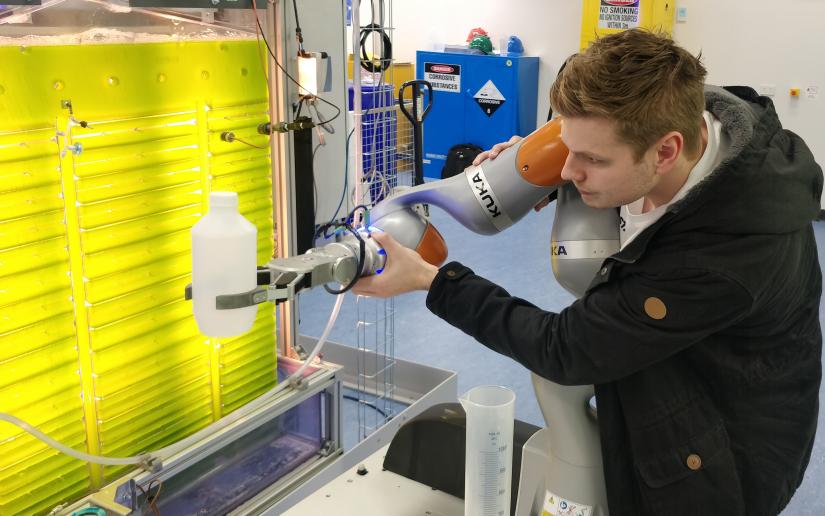
.png)
.jpg)
.png)
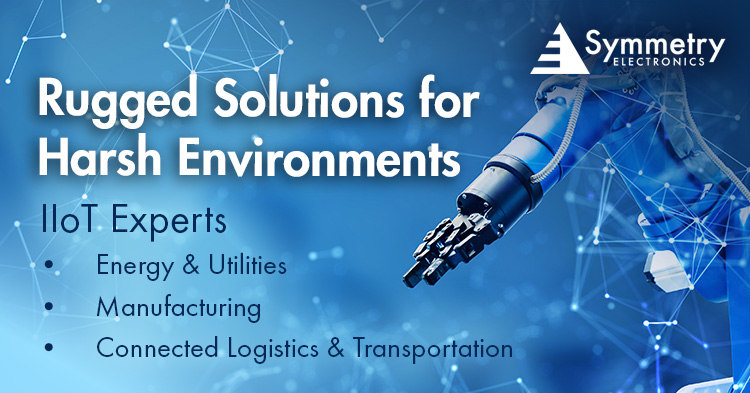
.jpg)
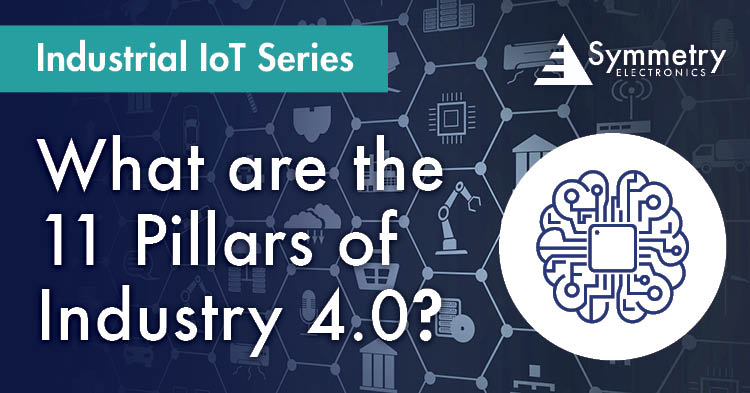
.png)